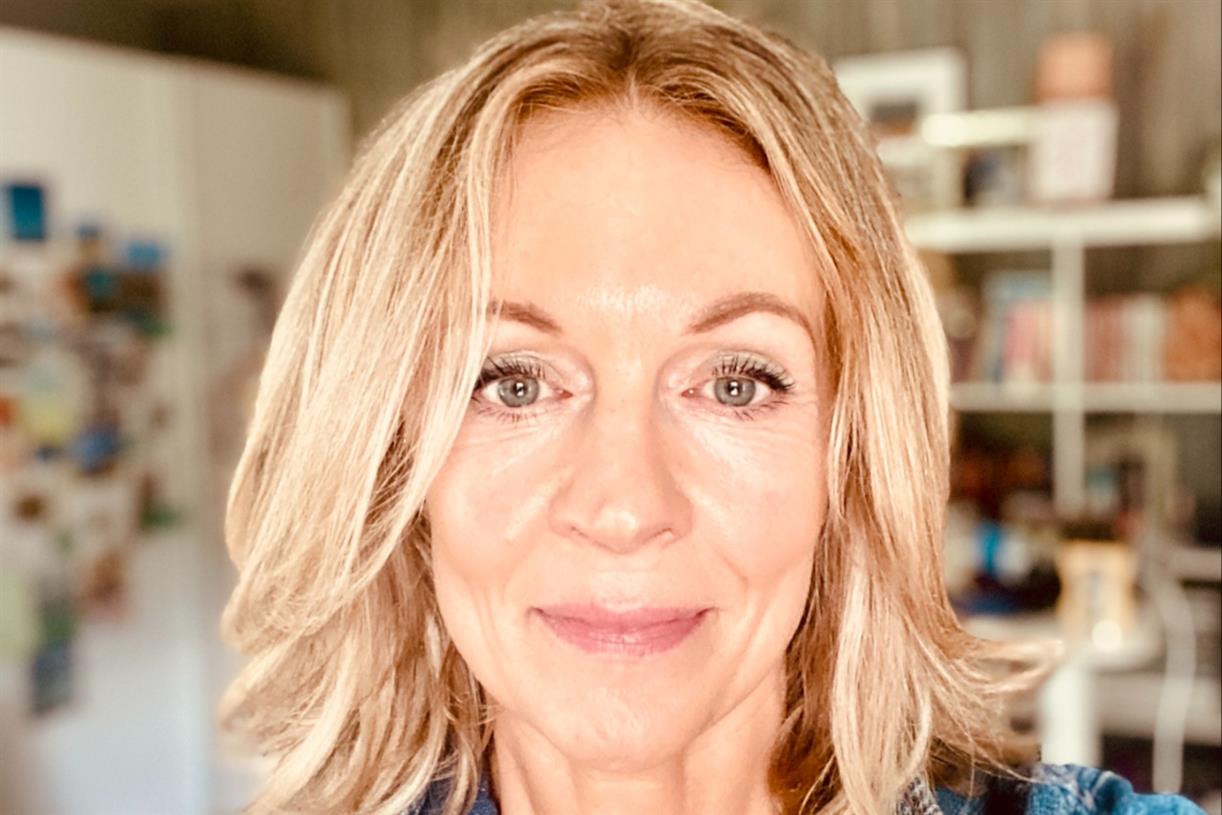Amazon DSP measurement—what brands are getting wrong
A new report suggests that brands should be looking beyond ROAS and impressions when measuring the efficacy of Amazon DSP campaigns.

For example, advertisers should be looking at the time spent on product review pages as a valuable metric for the consumer “consideration” stage of buying. Other metrics include competitor audience acquisition—meaning how many unique users from a competitor's audience were reached during a given period—and growth of unique users over a period of time.
“There’s all this rich data that can be sliced and diced but brands are unaware of it or not using that data when it’s right there,” said Masters.
Amazon said it recently added performance-related metrics such as Amazon Brand Lift, which helps advertisers quantify how campaigns are driving awareness, purchase intent and ad recall.
“Advertiser campaign performance is top of mind for Amazon Ads and a fundamental reason why Amazon DSP provides a range of resources and metrics to help advertisers measure the impact of their campaignsboth on- and off-Amazon, optimize performance, and communicate the value of their efforts,” said an Amazon spokesman in a statement. “We have appreciated the positive response from many advertisers and will continue to invest in new ways to help them measure the performance of their Amazon DSP campaigns.”
As more advertising dollars go to retail media—most recent estimates put the category at $85 billion by 2026 in the U.S.—brands will increasingly be looking for more effective measurement tools for their ad spend. Experts agree that ROAS alone is not the only indicator brands should be using.
“There are so many other factors that go into this thing—it’s not just about ROAS,” said Sarah Hofstetter, president at e-commerce analytics firm Profitero. “The ad spend is not the only lever to move, that’s the problem.” For instance, advertisers should pay attention to their standing in search results, also referred to as share of page 1, she said.
Profitero—which was acquired by Publicis Groupe last year—recently released a new Retailer Capability Matrix for brands navigating retailers’ e-commerce platforms, which includes a snapshot of large retailer ad offerings. In addition, Hofstetter said clients have been buying the firm’s new “Connected Search” offering to help improve search result rankings. She said that such a focus is changing the way consumer packaged goods brands are organizing themselves—including media teams, supply teams and sales teams.
“The future as I see it is actually getting organizational alignment within these disparate [CPG] company silos,” Hofsetter said.

 ShanonG
ShanonG 






























